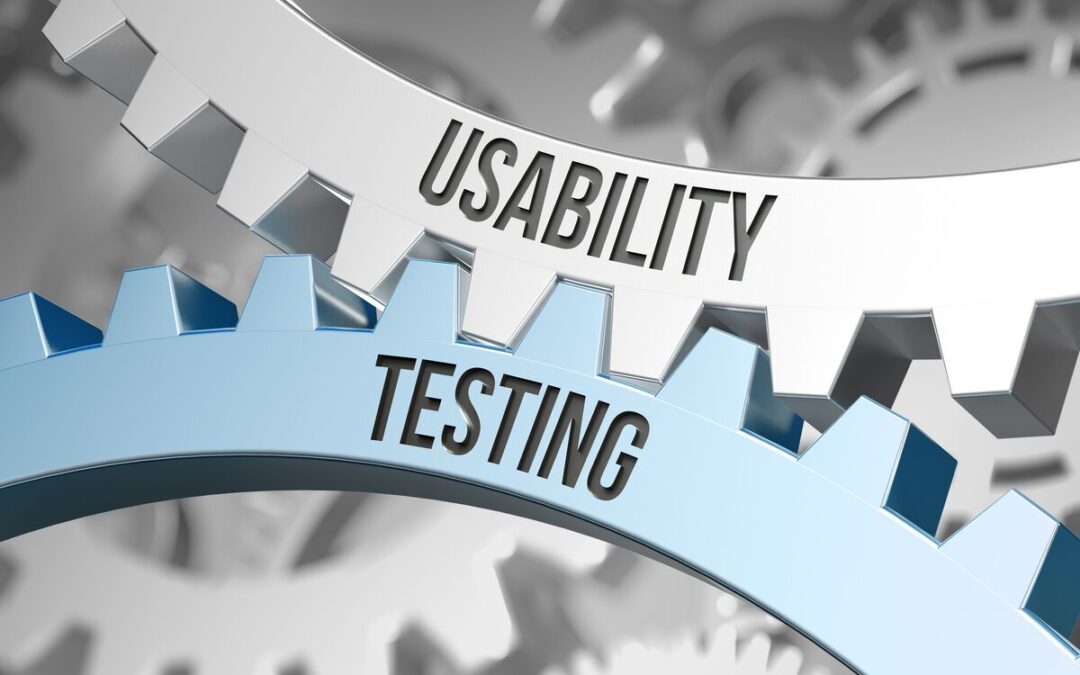In today’s fast-paced digital landscape, user experience (UX) has become a critical factor that can make or break a product’s success. A seamless and user-friendly interface is no longer a nice to have but a necessity. Usability testing is one of the key methodologies that significantly contributes to a better user experience and, consequently, product success.
What Is Usability Testing?
Usability testing is a systematic process of evaluating a product or service by observing real users interacting with it. This method offers invaluable insights into how users perceive and interact with a product, helping designers and developers make informed decisions to enhance the user experience.
How Does Usability Testing Improve User Experience?
Usability testing improves user experience by identifying and addressing pain points and usability issues that real users encounter while interacting with a product, resulting in a more intuitive and user-friendly design. This process ensures that the product aligns with user expectations, leading to increased satisfaction and overall improvement in the user experience.
Usability testing can specifically help your organization:
- Understanding User Pain Points. Usability testing provides a platform for identifying user pain points and addressing them effectively. When real users test a product, their feedback often reveals issues that might have been overlooked during development. These issues can range from confusing navigation to unclear instructions or slow-loading pages. By pinpointing these problems, usability testing allows for targeted improvements, resulting in a smoother and more enjoyable user experience.
- Enhance User Satisfaction. User satisfaction is at the core of product success. If users are frustrated or dissatisfied with a product, they are likelier to abandon it and seek alternatives. Usability testing helps understand what aspects of the product are causing frustration or dissatisfaction among users. This insight enables designers and developers to make necessary adjustments, increasing user satisfaction and retention rates.
- Reduce Development Costs. Usability testing can also contribute to cost savings in the long run. Identifying usability issues early in development allows for more efficient and cost-effective fixes. In contrast, discovering these issues after a product has been launched can be much more expensive and damaging to a brand’s reputation. Investing in usability testing upfront is a proactive approach that can save time and resources.
- Increase Conversion Rates. Conversion rates are critical for businesses, especially those with an online presence. Whether signing up for a newsletter, making a purchase, or completing a contact form, every conversion contributes to a company’s success. Usability testing helps identify barriers preventing users from taking the desired actions. By streamlining the user journey and making it more intuitive, businesses can increase conversion rates, leading to higher revenue and growth.
- Foster Brand Loyalty. A positive user experience attracts new users and fosters brand loyalty. When users have a seamless and enjoyable experience with a product, they are more likely to become loyal customers and advocates for the brand. Usability testing plays a vital role in ensuring that the product aligns with user expectations and preferences.
- Stay Competitive. Staying ahead of the competition is crucial. Usability testing allows companies to differentiate themselves by offering a superior user experience. Products that are easier to use and more enjoyable will naturally stand out and gain a competitive edge.
By identifying and addressing user pain points, enhancing user satisfaction, reducing development costs, increasing conversion rates, fostering brand loyalty, and staying competitive, usability testing offers many benefits for businesses and organizations.
Investing in usability testing is not just an expense, but an investment in a product or service’s long-term success and sustainability. It is a way to ensure that your product meets and exceeds user expectations, ultimately leading to higher customer satisfaction and business growth. That’s why in today’s user-centric digital landscape, usability testing is not an option but a necessity for those who want to thrive and succeed.

